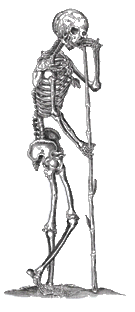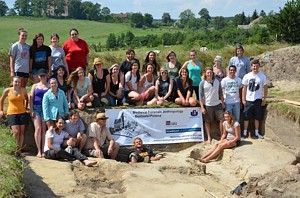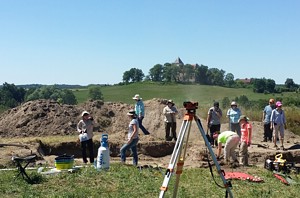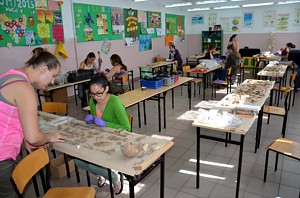




Bezławki
The small village of Bezławki (pronounced Bez-'wof-ki) is located in North Eastern Poland, some 14 km south-west from Kętrzyn, in the scenic region of Mazury Lake District. In medieval times before the Teutonic conquest this land was inhabited by the Bartians, a Prussian people, and the village was located on the borderland between the territory of Prussian Bartia and Prussian Galindia. The forced Christianisation of Prussia implemented by the Order of Brothers of the German House of Saint Mary in Jerusalem (commonly known as the Teutonic Order) changed the Prussian motherland significantly, both politically and socially, turning it into a Teutonic State, eventually leading to an extinction of the native tribes and their culture.
Over the centuries, the village witnessed the stormy and often violent history of this Prussian land before, during, and after the colonisation by the Teutonic Order. The earliest mention of Bezławki dates to the year AD 1356. Archaeological remnants of the times, some of them prominent elements of the local landscape, form what is called today the Bezławki Archaeological Complex. It consists of three major archaeological sites/monuments:
- An early medieval stronghold situated on the bank of the river Dajna. This large, fortified structure was in use both before and in the Teutonic times and was adjacent to the earliest Bartians' Bayselawken village.
- A unique small castle of the Wildhaus type towering today above the countryside. Erected by the Teutonic Knights in the 14th century AD the building was an operational site (outpost) for launching combat missions against Lithuania. Through its conversion into a temple in the 16th c. this architectural rarity survived mostly undisturbed until recent times.
- The 14th c. inhumation cemetery site located at the crossroads Bezławki-Wilkowo-Wanguty within the borders of modern Bezławki village. The existing site belongs to a larger cemetery which was almost entirely damaged by construction works in the 20th century.
The cemetery site has been excavated since 2010. It features well preserved human inhumation burials including multiple collective interments consisting of up to 5 individuals of different ages. In 2014 it became a home of the Medieval Bioarchaeology Field Program, which was run as a joint project of the University of Gdańsk, Humboldt State University, USA and the Slavia Foundation. Every summer the field school offers one session of intense, hands-on, archaeological and osteological work in an authentic medieval funerary site environment. As part of the Slavia Project this program emphasizes students' involvement handling human remains both in the field and in the lab. The theoretical component of the course aims at helping students get experience and/or master human skeletal material identification. In order to get more info on this amazing project visit:
- www2.humboldt.edu/anthropology/bezlawki
- humboldt-international.terradotta.com/index.cfm?FuseAction=Programs.ViewProgram&Program_ID=27203



